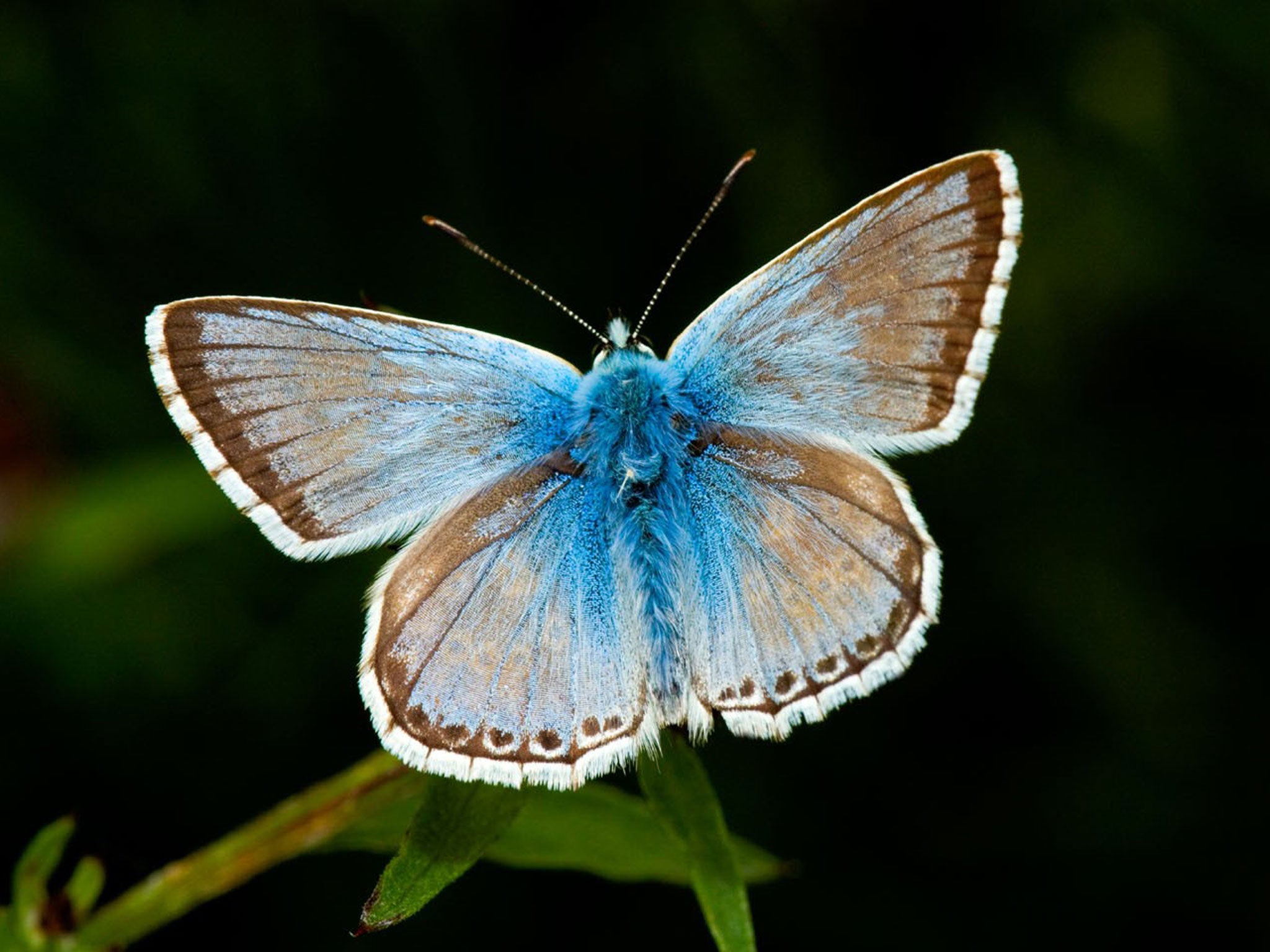A good year for nature in Britain, despite the cold: After frostiest March for 50 years, summer gave rise to an explosion in wildlife
'We had a wonderful July,' says National Trust specialist. 'The way nature fought back was miraculous; it went into overdrive'

Your support helps us to tell the story
From reproductive rights to climate change to Big Tech, The Independent is on the ground when the story is developing. Whether it's investigating the financials of Elon Musk's pro-Trump PAC or producing our latest documentary, 'The A Word', which shines a light on the American women fighting for reproductive rights, we know how important it is to parse out the facts from the messaging.
At such a critical moment in US history, we need reporters on the ground. Your donation allows us to keep sending journalists to speak to both sides of the story.
The Independent is trusted by Americans across the entire political spectrum. And unlike many other quality news outlets, we choose not to lock Americans out of our reporting and analysis with paywalls. We believe quality journalism should be available to everyone, paid for by those who can afford it.
Your support makes all the difference.A prolonged winter and freezing spring may have got the year off to a bad start, but the hot summer helped ensure that 2013 was an excellent year for UK wildlife – especially insects.
That is the verdict of the National Trust’s Matthew Oates, one of the country’s top nature specialists, who described 2013 as “the best wildlife year since 2006 and one of the most remarkable in living memory”.
Mr Oates said: “The way our butterflies and other sun-loving insects bounced back in July was utterly amazing, showing nature’s powers of recovery at their best. Many birds and mammals also recovered well from the cold late spring.”
The winners of the year were warmth-loving insects, particularly butterflies, moths, bees, crickets and grasshoppers, while the tree bumblebee, which only started to colonise the UK in 2001, expanded considerably, going north of Hadrian’s Wall for the first time.
“What was unique about this year is the way it turned itself round. The recent predecessor years were so dreadful and everything was spiralling down and it rained and rained and rained. It started badly, then we had a late spring and the coldest March for 50 years,” Mr Oates said.
“But then we had a wonderful July. And the way nature fought back was miraculous; it went into overdrive. It’s a rags to riches story.”
It was a particularly good year for the chalkhill blue butterfly, which exploded on many of Britain’s downs in July, especially at Denbies hillside in Surrey – thanks to a combination of the heatwave and an abundance of nutritious horseshoe vetch.It was also a great autumn, with the greatest abundance of fruit, seed and berries since 2006, with apple, haws, holly berry, rowan, figs and blackberries all showing unusually high yields.
But 2013 wasn’t all fun and games for wildlife, with the cold, late spring proving to be a very difficult time for many. For example, many summer migrant birds, such as swallows and martins, and residents such as owls suffered badly.
Join our commenting forum
Join thought-provoking conversations, follow other Independent readers and see their replies
Comments